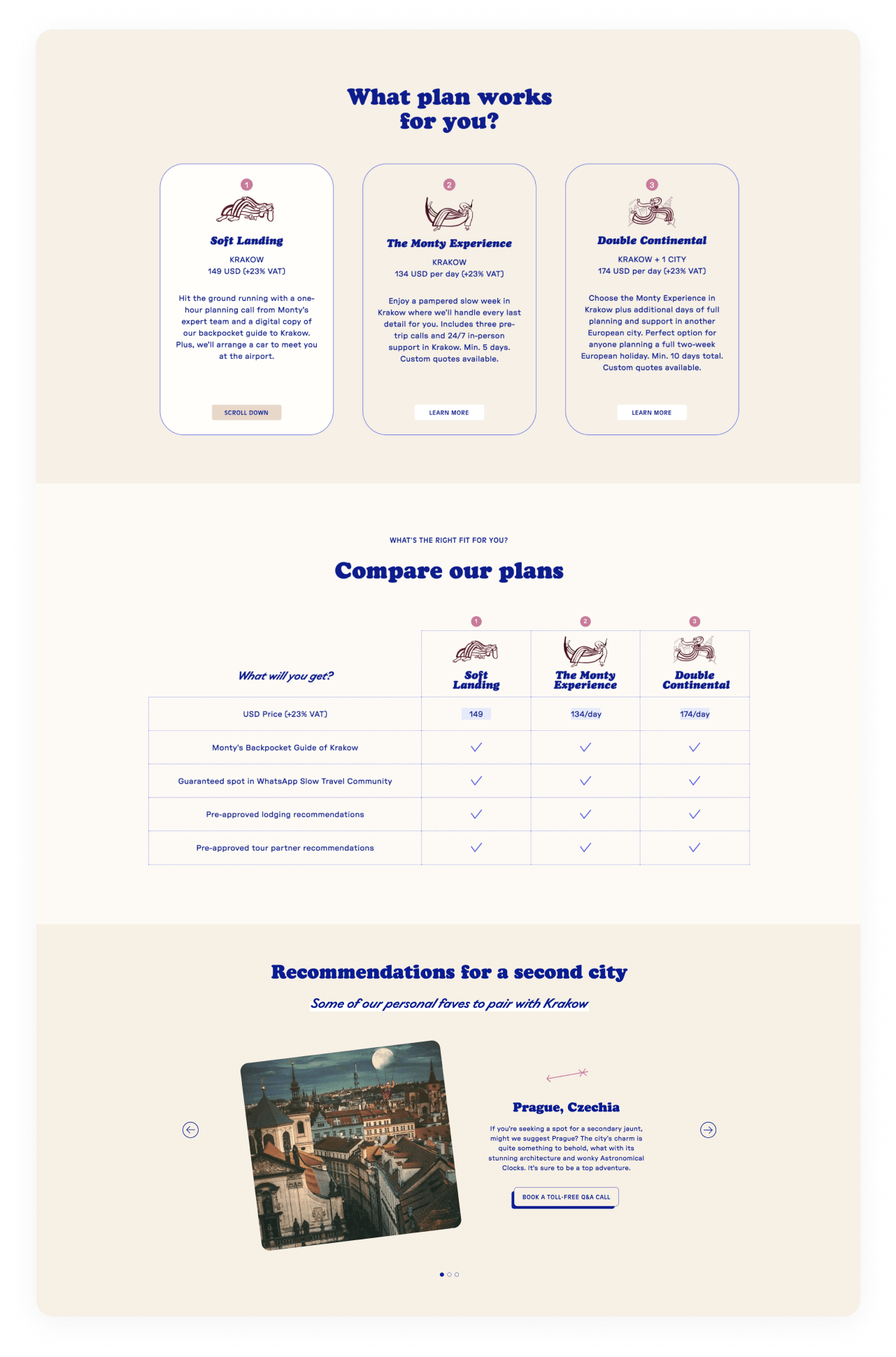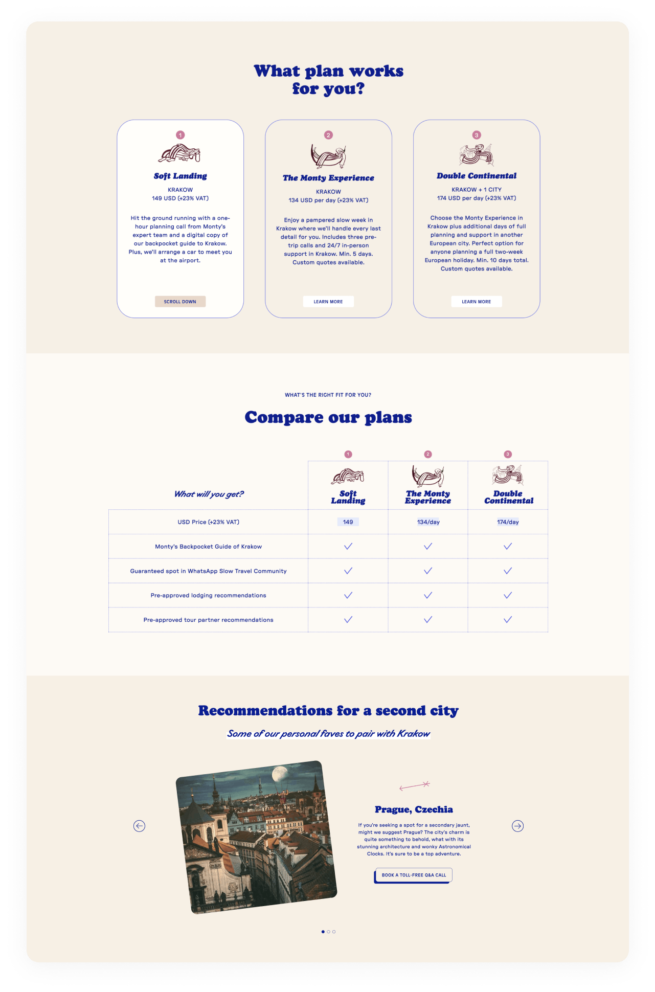

Low code development – no code solutions and services
Gain the ability to quickly create and customize digital solutions using Low Code tools. Save time, reduce costs, and increase the efficiency of your business. Take advantage of Low Code and discover new possibilities!

What is low code development?
Low Code platforms are tools that enable the creation of applications and business solutions without the need for extensive programming. These are environments where you can design, build, and deploy applications using intuitive graphical interfaces and configurations, instead of writing code from scratch.
Time and cost savings
Low code allows for the automation of many processes, which reduces the time needed to complete them. This leads to time and cost savings for UX agencies and clients, while ensuring high quality execution.
Business experiments
Low code enables rapid prototyping and testing of various digital solution variants. This allows for conducting business experiments and optimizing the product, resulting in better business outcomes.
Speed of implementation
Low code tools allow for rapid creation and deployment of digital solutions, which translates into reducing the time needed to launch a project and accelerating the delivery of value to the customer.
Flexibility and scalability
Low code allows for easy adaptation to the needs of the business environment. This enables quick modifications and project development as the business evolves.
Personalization and customization
Low code allows UX agencies to create solutions that are fully tailored to the specific needs of businesses. This enables the creation of unique and personalized user experiences and streamlining processes, resulting in greater business efficiency.

GoodTime Monty – a beautiful interactive website for Travel Planning Company

GoodTime Monty has unique animations that not only attract attention, but are also optimized for maximum performance. Thanks to advanced technologies and optimization, our animations run smoothly on all devices, providing users with a great experience when using the website.
Codeq skillfully delivered the website within schedule, meeting the client’s expectations. The service provider utilized Asana for effective project management and email and Slack for productive communication. Their technical expertise, talents, and commitment were key elements of their work.
Tom Bonneau Founder @ GoodTime MontyHow low-code and no-code help business?
Low code is an approach to application development that relies on using pre components and tools, significantly speeding up the software development process. There are several reasons why it is worth choosing low code:
- Rapid deployment: With ready-made components and tools available in low code, application development becomes much faster. It eliminates the need to write code from scratch and allows you to focus on configuring and customizing the pre-built elements, enabling quick project deployment.
- Ease of use: Low code is designed to be user-friendly, even for individuals without deep programming experience. With simple interfaces and tools, you can create applications without requiring advanced technical knowledge.
- Scalability: Applications created using low code are flexible and easy to scale. You can add new functionalities, modify existing elements, and customize the application to meet changing business needs.
- Collaboration: Low code enables easy collaboration between different teams, such as UX agencies and their clients. This allows for quick iteration, receiving feedback, and making changes, which accelerates the application development process.
- Time and cost savings: Thanks to the speed of deployment and ease of use, low code helps save time and costs associated with traditional application development from scratch. You can focus on delivering value to the client instead of wasting time on repetitive tasks.
It is worth choosing low code if you want to quickly implement a digital solution, save time and costs, and easily collaborate with other teams. This approach allows for efficient application development without requiring advanced programming knowledge.
Low-code features
The low code approach involves creating applications using a graphical interface and minimal coding. Instead of writing a lot of lines of code, developers can use ready-made components and tools available in the low code platform. This allows for quick design and development of applications, reducing the time needed for traditional programming. The low code approach also utilizes automation features, enabling the rapid creation of business rules and processes. This approach allows for greater flexibility, easier customization of applications to changing business requirements, increased efficiency in software development.
Benefits of low-code and no code solutions
Low-code and no-code solutions are software development platforms that allow users to create applications with minimal coding or even without any coding knowledge. These platforms provide a visual interface and pre-built components that can be easily dragged and dropped to create functional applications.
The benefits of low-code and no-code solutions are:
1. Increased productivity: These platforms enable users to quickly build applications without the need for extensive coding. This significantly reduces the development time and allows teams to deliver projects faster.
2. Cost-effective: Traditional software development requires skilled developers, which can be expensive. With low-code and no-code solutions, businesses can leverage existing resources and empower non-technical users to build applications, reducing the need for additional development resources.
3. Accessibility: Low-code and no-code platforms democratize software development by making it accessible to a wider range of users. Even individuals with limited coding knowledge can create applications, fostering innovation and creativity within organizations.
4. Rapid prototyping: These platforms allow users to quickly prototype and iterate on ideas. With the visual interface and pre-built components, users can easily test and refine their concepts before investing significant time and resources into development.
5. Flexibility and customization: Low-code and no-code solutions provide a range of pre-built components and integrations, allowing users to customize and extend their applications. This flexibility enables businesses to adapt to changing requirements and integrate with existing systems seamlessly.
6. Collaboration: These platforms often provide collaboration features, allowing multiple users to work together on the same project. This promotes teamwork and streamlines the development process by enabling real-time feedback and collaboration.
7. Reduced maintenance: Low-code and no-code solutions often come with built-in maintenance and updates, reducing the burden on IT teams. These platforms handle security updates, bug fixes, and compatibility issues, allowing businesses to focus on innovation rather than maintenance.
In summary, low-code and no-code solutions offer numerous benefits, including increased productivity, cost-effectiveness, accessibility, rapid prototyping, flexibility, collaboration, and reduced maintenance. These platforms empower users to create applications quickly and efficiently, regardless of their coding expertise.
Low-code platforms
Low-code platforms are software development platforms that allow users to create applications with minimal coding or programming knowledge. These platforms provide a visual interface and pre-built components or modules that can be easily dragged and dropped to create the desired functionality.
With low-code platforms, users can quickly build and deploy applications by using a visual development environment instead of writing code from scratch. This approach significantly reduces the time and effort required to develop applications, making it accessible to users with limited coding experience.
Low-code platforms typically provide a range of pre-built features and functionalities, such as user interface components, database integration, workflow automation, and data visualization. Users can customize these components and configure them to meet their specific requirements.
One of the key advantages of low-code platforms is their ability to accelerate the application development process. By eliminating the need for extensive coding, developers can focus on the business logic and user experience, resulting in faster time-to-market for applications.
Additionally, low-code platforms promote collaboration between business users and IT teams. Non-technical users can actively participate in the application development process, providing input and feedback, while IT teams can ensure the security, scalability, and integration of the applications.
Overall, low-code platforms offer a simplified and efficient approach to application development, enabling users to create robust and functional applications with minimal coding effort. They are particularly beneficial for organizations that require rapid application development, iterative prototyping, or the ability to quickly adapt to changing business needs.
Trust our workflow
Great information architecture and comfortable navigation help users achieve their goals on your website. Build a website with us.
Discovery
During the discovery phase, we collect all the necessary data that allows us to make informed decisions in the following stages of the project. It helps us co-create a clear roadmap and product backlog (not sure what you mean by backlog here, maybe replace this with strategy).
Design
The UX and design phase consist of visualizing a previously developed concept. We recreate the information architecture and actualise your business goals through UX. Finally, the digital product comes to life with a specific visual style that aligns with your brand identity.
Development
Using the right tools and tech stack, everything from discovery and design is transformed into the language of technology. Every solution is complemented by extensive testing from a wide range of devices.
Support
The implementation of a digital product is only the beginning of the adventure. We offer support with maintenance and further development and are continuously present for our clients. Equipped with analytical data, we can create hypotheses and conduct A / B tests.
Zaufali nam
I recommend cooperation with Codeq to everyone looking for a dedicated e-commerce partner. Their holistic approach to e-commerce development, maintenance and security was crucial to the success of our online store.
Tools we use at work
Benefits of collaborating with Codeq
A 12 month warranty
The quality of work is not only empty promises. The warranty will give you assurance that our solution will be free from defects.
An experienced and well-coordinated project team
We employ the best WordPress and Shopify Developers in Poland with many years of commercial experience. We provide the highest quality of code and ongoing communication.
Efficient communication and project management
The refined and tested project management process and the continuous care of the Project Manager guarantee uninterrupted access to the status of our projects.
Technological polyglots
There are many specialists of various technologies on board our team. Thanks to them we are able to be your eyes and ears in the constantly changing world of technology.
Let’s discuss your idea!
Free consultation with an expert – maximum focus on your idea
An analysis of challenges and issues in the field of UX Design and Development
Recommendations for best practices in UX Design and Development
A comprehensive implementation plan from start to finish












